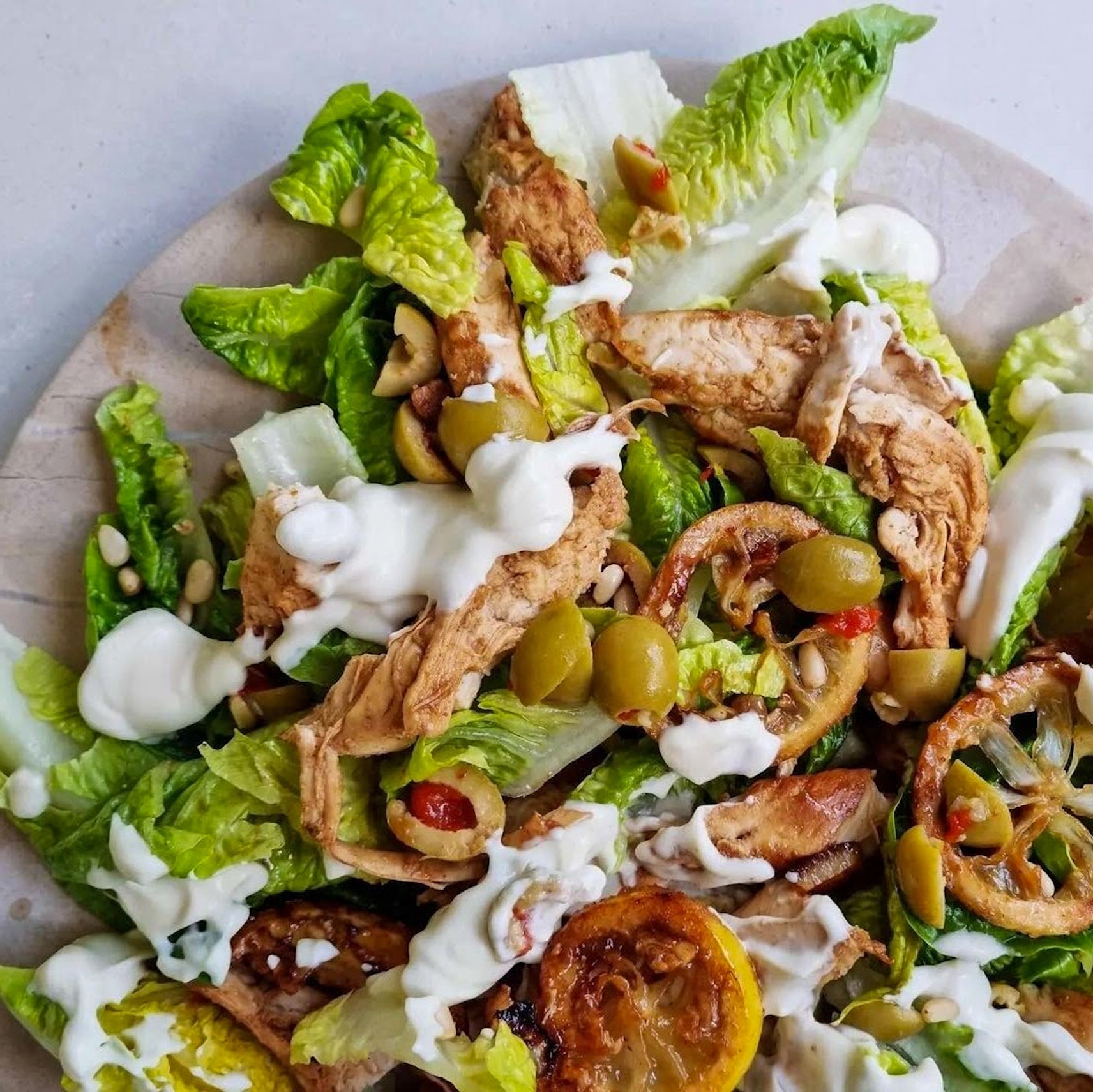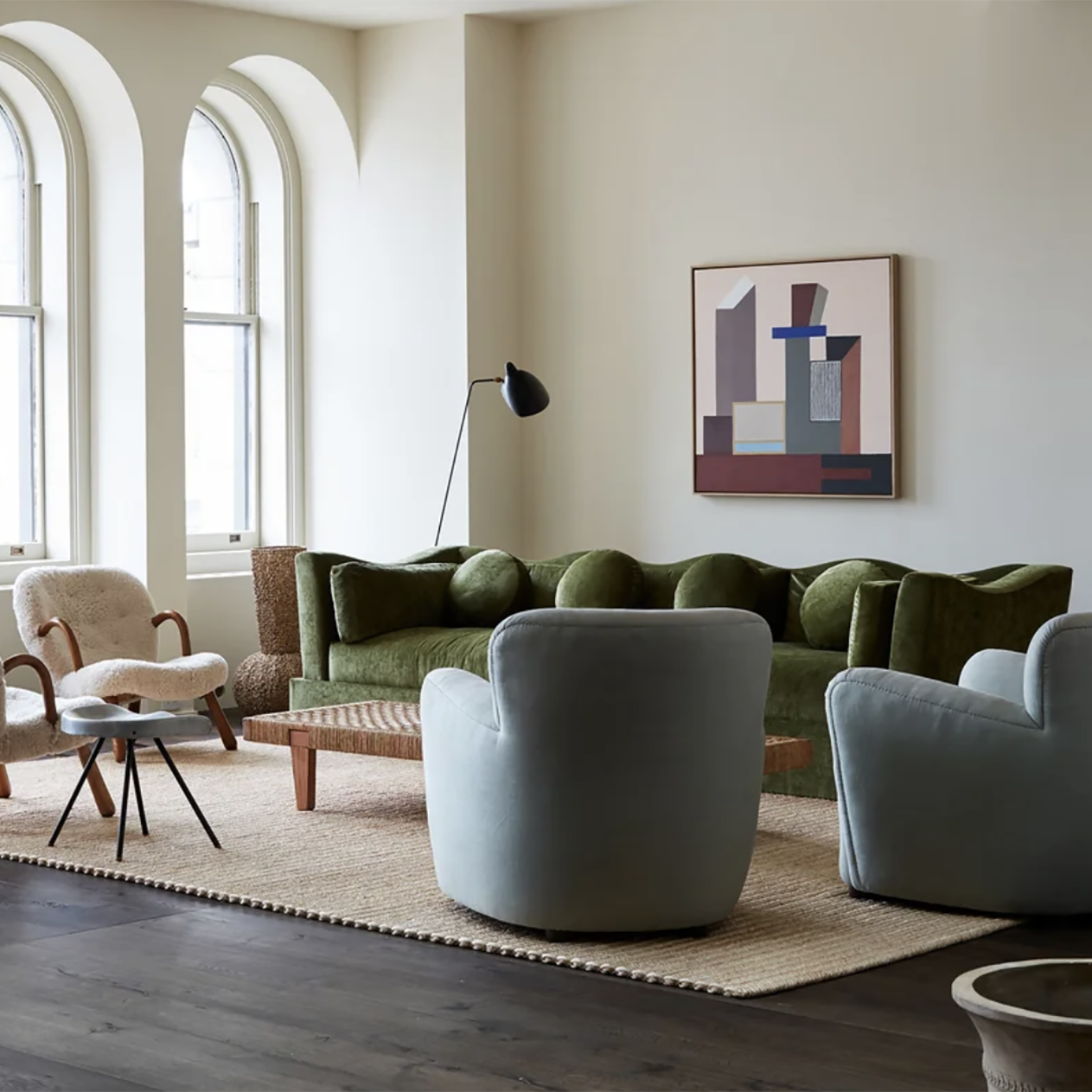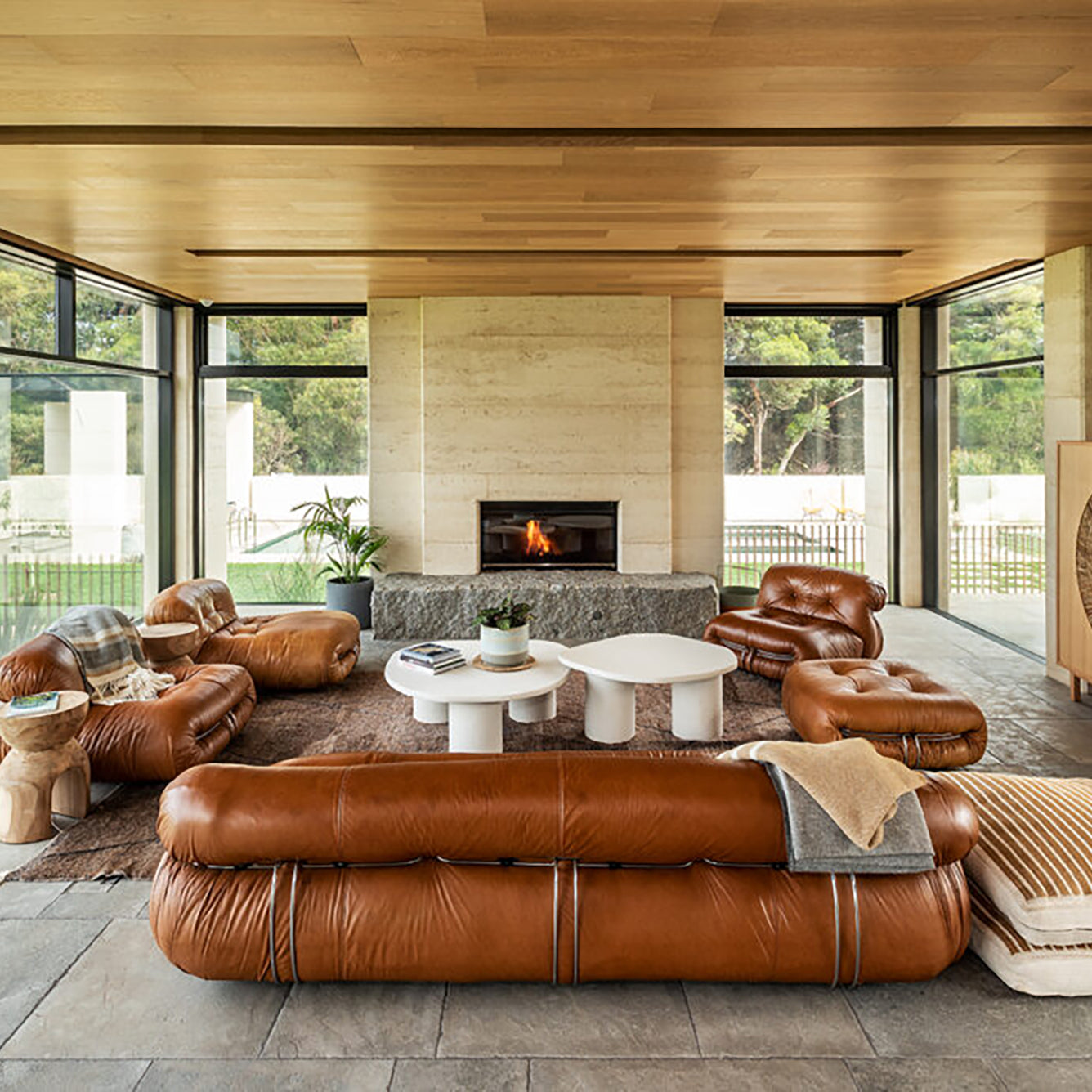MUSINGS, INSPIRATIONS, RECIPES, FEATURES & MORE
LATEST / INTERIORS INSPIRATION / COUNTRY & PERIOD HOUSE GUIDES / MUSINGS / SUSTAINABILITY / FEATURES / HEALTHY LIVING
THE GREEN REVOLUTION VERSUS PERIOD HOMES

Old houses are not known for their energy efficiency and the irony of most grants aimed at improving thermal regulation and carbon emissions in residential properties, is that they rely on a good EPC rating for the homeowner to qualify.
The other problem is that many of the possible home improvements which augment energy efficiency don’t always sit well with an old house. However, it is wrong to assume that just because a house is old, it leaks energy like a drain. Back in the day, the people that built these houses knew a thing or too and they didn’t want to be cold either!
ARE RADICAL CHANGES JUST NOT WORKABLE?
That biomass boiler or ground source heat pump might be the best move you ever made but wholesale changes could lower the value of your home and restrict the market for sale. New buyers may not warm to your choice of heating and baulk at the expense of re-installing something more conventional. If the property is listed, then any proposed changes must fall within the regulations.
Spreading the risk might be a better option and leaving the original fabric of the property and its aesthetic intact. Keep the central heating, just use it less. Add some solar or wind energy. Leave the open fire feature or log burners for occasional use. This keeps a traditional house looking traditional and, protects against fluctuations in energy markets and global influences on price and availability which are often unforeseen. The war in Ukraine is a clear case in point, although many would argue that Europe, with its reliance on Russian gas, was certainly caught napping.
INTELLIGENT RESTORATION
‘Intelligent’ is a real buzzword at the moment and applied to everything from finance to car technology. Intelligent Restoration is perhaps a newer concept and builds on passive house principles.
The passive house concept is applied widely to new builds, both residential homes and commercial buildings, but the principles can work in older properties too.
Passive house design is all about heating a home in a non-traditional way. From the ground up, design and insulation make this an exciting reality on a new build but for something crafted in the 18th century with a heating system lurking in the 1970s, this seems like too much of a big step. However, passive house is not just for new buildings, the principles are workable in older homes, just in a more dilute form.
An essential focus of passive house design are the windows and doors. These are the weakest link when it comes to energy loss in the envelope of any building, assuming your roof is already watertight and well insulated. Fortunately, there are some fabulous new glazing products which can provide thermal regulation and still keep the period look, even with tricky windows like sliding sashes.
Fineo glass is a type of glass with incredible thermal efficiency contained in a narrow and lightweight material which is perfect for old wooden frames. This allows the retention of the original windows with the added benefits of a draught free and warmer home. Fineo has all the same properties of standard double glazing but avoids taking out older windows or fitting unsympathetic and heavy uPVC units. Fineo is ideal for original sash windows that don’t support the weight of heavier glass due to the delicate system of weights and pulleys.
Different woods are increasingly being used to manufacture new windows and doors or replace rotten or soft sections of the timber frame. Accoya is a chemically modified timber with exceptional longevity and weatherproofing. Durable and thermally efficient, this timber is sustainably sourced with FSC - Forest Stewardship Council – certification. It comes from forests worldwide which meet the highest environmental and social standards and has the lowest environmental impact throughout the entire production process.
With a lifespan comparable to plastic, no other timber can offer such stability and durability in different weather conditions and not swell, shrink or distort. Accoya is versatile for old properties and completely counters the argument that timber is high maintenance, doesn’t last and has a poor environmental footprint. New timber can improve the thermal envelope of an old house without destroying character or period style.
Gone are the draughty and single glazed Georgian relics which no-one dared touch for fear of spoiling the character of the building. Now, these windows can be sympathetically double or triple glazed, and you won’t even know it.
The passive house concept teaches homeowners to maximise what they’ve got. Use as much natural light as possible to reduce reliance on grid energy for heating and light. Remember, the sun will warm a room. A well-placed mirror which creates light reflection will automatically double the light in any room.
Paler painted walls have much better light reflectance than darker colours. Light reflectance values or LRVs, are a universal scale that measures the amount of visible and usable light that is reflected from a surface when it is illuminated by a light source. Whether you are taking advantage of natural light or want to maximise artificial light, the lighter the colour the better the LRV. The brightest whites have an LRV of 85 out of 100 whereas black lurks somewhere around 5 points.
Pale walls maximise light and rich textiles and fabrics can soften and warm a room that might otherwise seem cold and not very cosy.
SIMPLY SOLAR
Solar installation is expensive and many old house owners don’t want to spoil the look of their property with panels on the roof. However, there is a softer and more discrete alternative.
Portable power stations are becoming increasingly popular. These are essentially large batteries and can be charged with a small and mobile solar panel. A PPS plus a solar panel is called a solar generator. These can be moved from room to room, and each have a variety of different ports for all types of appliances.
Portable power stations are no more invasive than a piece of computer equipment and involve no structural changes to the property. On a grand scale however, they can be stacked and wired into a property and some designs are compatible with rooftop solar panels.
FINAL THOUGHTS
Period properties don’t have to be a blackhole in the environmental quest for low carbon emissions. It’s just a question of working with what you’ve got in terms of the construction and fabric of the property and choosing upgrades and renovations which are sustainable and sympathetic. Even with current innovations an old house won't be as energy efficient as a new build (this may change in the future), but some people are coming close with clever choices for intelligent restoration.
If you would like to discuss a period design & renovation project with us, please email projects@fawninteriors.co or call 01962 435 035.




